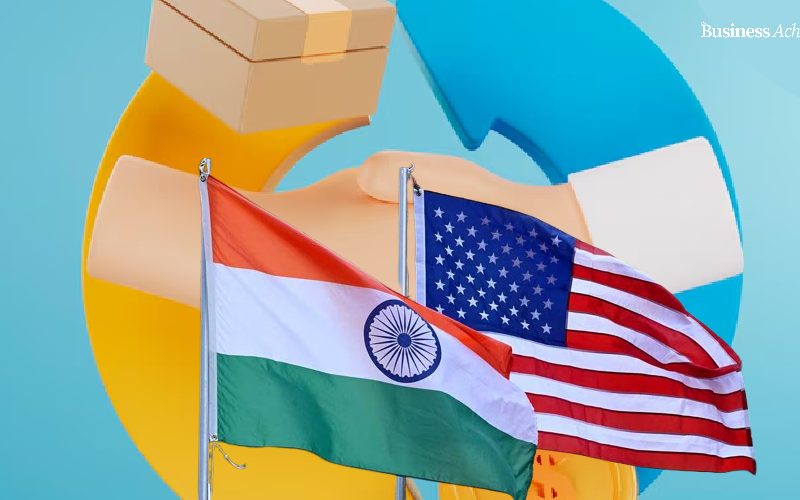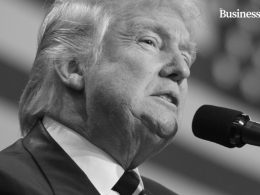Bilateral Trade at $131.84B Faces 26% Tariff Threat if No Pact Is Signed by June 25 Deadline
The countdown has begun. India and the United States are racing to finalize an interim trade agreement by June 25, 2025. This pact aims to avert the reimposition of a 26% reciprocal tariff on Indian goods, set to take effect on July 9. The urgency is palpable as both nations strive to secure favorable terms that will shape their economic relationship for years to come.
The stakes are quite high. In 2024-25, bilateral trade amounted to $131.84 billion, making USA India’s largest trading partner for the fourth year running. Surely, a successful interim agreement could be the stepping-stone on which the much wider Bilateral Trade Agreement (BTA), being worked upon to the order of $500 billion by 2030, can be based.
Tariff Threat Looms Large
On April 2, 2025, a 26% reciprocal tariff on Indian goods by the US was imposed. However, the levy was suspended till July 9, creating a negotiating window. Unless such an agreement is reached by that deadline, the tariffs will raise their heads and will hit hard Indian exporters. Currently, Indian goods just have to contend with a baseline tariff of 10% under US norms.
India is asking for a full exemption from this tariff. The interim deal being negotiated for is just that important in terms of securing such a waiver. Both sides want to finish the first phase of the BTA by fall 2025.
Negotiation Priorities
The interim agreement on goods and digital services is a bad one from India’s perspective because of its wanting to get bath duty relief or reduction from almost all labor-intensive exports inter alia textiles, gems and jewelry, leather, garments, plastics, chemicals, shrimp, oil seeds, grapes, and bananas. The US is going for tariff cuts on industrial goods, automobiles (especially electric vehicles), wines, petrochemical products, dairy, and agricultural products like apples and tree nuts.
One key issue relates to India’s position on GM crops. India remains firm on refusing to allow GM crop imports but it is open to allow import of non-GM products such as alfalfa hay for cattle feed.
Diplomatic Engagements Intensify
High-level talks are underway; recent discussions have been held by India’s Commerce Minister Piyush Goyal as well as Special Secretary Rajesh Agrawal in Washington. To promote negotiations beyond the stage reached, a US delegation is to visit India on June 5-6. This shows great political determination to finish the deal.
The US is interested in getting deeper tariff cuts and fewer non-tariff barriers. India wants a phased, balanced approach, keeping sensitive sectors protected while broadening trade.
Broader Strategic Implications
The interim deal is not just about economics; it’s about geopolitics. Strengthening the Indo-Pacific partnership is a key objective. Both countries aim to counterbalance China’s influence in the region.
The “Mission 500” goal—to double bilateral trade to $500 billion by 2030—remains a driving force. The interim deal is viewed as a critical step toward that target.
Legal Developments Add Complexity
A recent US court ruling temporarily blocked most of President Trump’s tariffs, including the 26% reciprocal duty on Indian goods. This decision has introduced uncertainty into the trade negotiations.
While the ruling provides temporary relief, it also complicates the legal landscape, as the Trump administration has appealed the decision. India is assessing the implications of this ruling on its trade and economic interests.
Conclusion
The India-US “tariff tango” is entering a critical phase. Both sides are working against the clock to finalize an interim trade pact by June 25. The outcome will have significant ramifications for exporters, key industries, and the broader strategic partnership between the world’s two largest democracies.
As the deadline approaches, all eyes are on the negotiators. The decisions made in the coming weeks will shape the future of India-US trade relations and could set a precedent for international trade agreements in the years to come.







